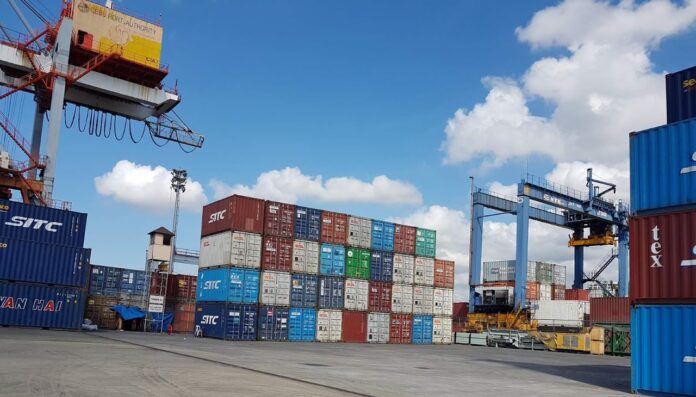-
Total domestic and international cargo volume handled by Cebu ports sank 17.3% in 2020 from 2019
-
Container traffic decreased 13.5% while shipcalls plunged 44.9%
-
Passenger traffic was down 72% and rolling cargoes dropped 30%
-
A bright light was Cebu International Port which handled 5.6% more cargoes in 2020
Cebu ports took a battering last year, with most metrics down because of the pandemic.
Total cargo volume (both domestic and international) declined 17.34% in 2020 to 52.92 million metric tons (mt) from 64.02 million mt in 2019, according to Cebu Port Authority (CPA) general manager Leonilo Miole.
Container traffic likewise decreased 13.53% to 876,758 twenty-foot equivalent units (TEU) from 1.014 million TEUs in 2019, Miole said during a webinar hosted by the Supply Chain Management Association of the Philippines-Visayas Chapter.
Shipcalls plunged 47% to 79,500 ships from 149,000 ships in 2019, on account of the temporary suspension of ferries and fastcraft due to passenger travel restrictions imposed when the pandemic hit Philippine shores, Miole noted.
Passenger traffic in Cebu ports last year was only 6.2 million passengers, 72% lower than the 22.9 million recorded in 2019.
Rolling cargoes handled by roll-on/roll-off vessels dropped 30% to 710,169 from 1.02 million.
A bright light was Cebu International Port alone, which saw a 5.6% growth in cargo volume to 6.1 million mt in 2020 from 5.8 million mt in 2019.
Miole highlighted several in the pipeline and ongoing capacity building projects aimed at expanding capacity and improving cargo-handling operations at Cebu port.
One was the development behind Malacañang sa Sugbo for tramping vessels, which usually have to wait three to five days to berth.
Another is the installation of gantry cranes for faster cargo-handling operations in berths 10 and 11.
CPA last February also awarded the P508-million Pier 5 project at Cebu baseport, which was scheduled to begin in March 2021 and is expected to be completed by May 2022.
READ: P508M pier project in Cebu launched next month
The project is one of CPA’s major infrastructure programs to help decongest Cebu baseport by providing additional berthing space and cargo area.
Pier 5 will be a 155-meter-long and 50-meter-wide reinforced concrete pier with the same concrete deck elevation, mooring facilities and back-up area coverage as Pier 4. It can provide about 7,750 square meters of additional cargo back-up area and 360 linear meters of berthing space.
With a planned draft of 8.5 meters to 11 meters, the project is also aimed at accommodating the projected increase in domestic cargo and vessel traffic in Cebu.
Moreover, civil works for the New Cebu International Container Port (NCICP) project in Tayud, Consolacion are being procured so that groundwork can finally begin as scheduled in August 2021.
READ: P10B Cebu container port set for August groundbreaking
The new port will include a berthing facility with a 500-meter-long quay wall that can accommodate two 2,000-TEU vessels simultaneously; operating facilities and structures for containers such as a freight station and an inspection shed; an access road and bridge; and a dredged waterway and turning basin.
Aside from the construction of physical structures, the project covers procurement of cargo-handling equipment and consulting services.
The NCICP project costs around P9.96 billion, to be financed through a US$172.64-million loan agreement signed in 2018 by the Philippine government and South Korea’s Export Import Bank of Korea. The loan, equivalent to P8.48 billion, will have a counterpart fund of around P1.28 billion from the Philippine government.
The NCICP project is set to be completed on May 28, 2024.
A new international terminal is seen as the long-term solution to the growing volumes handled at CIP. It is expected not only to free up the baseport but also to enhance the transport infrastructure system for the unimpeded flow of goods and services in the Visayas. – Roumina Pablo





